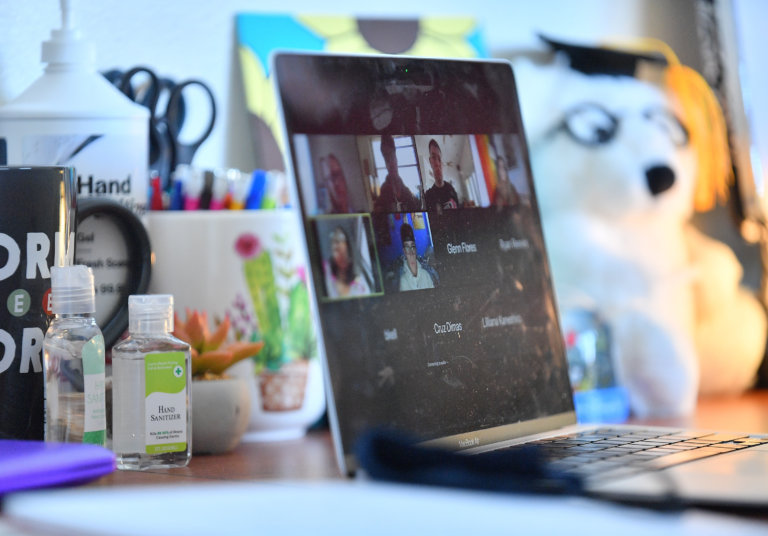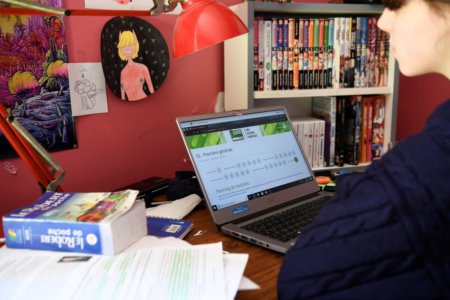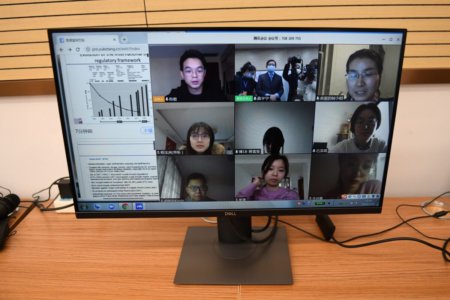
With the virtual classroom now being a part of education at all levels, students have to learn to perform well in it. Efficient online learning is made possible by effective communication among peers and with teachers. It can be challenging to navigate this space, especially as a first-year student.
So if you want to communicate effectively in a virtual classroom, here are some tips from student living specialist Scape and body language expert, Professor Gwyneth Doherty-Sneddon. Professor Doherty-Sneddon, who is Head of the School of Psychology at Newcastle University, has helped students overcome communication barriers they face with Zoom.
Listen up
Lip reading is an important part of our understanding and hearing of one another. We know that if lip movements are not synched to the sound they make — for instance when you are on an out of synch Zoom call — you can start to mishear sounds. While we naturally tend to rely on watching people’s mouths move to hear what they are saying, we can easily combat misunderstanding by taking the time to listen properly to what others are saying.
If you miss something, don’t be afraid to politely ask them to repeat themselves. Similarly, if you are the one speaking, speak much more slowly and clearly – no need to shout but add tone and expression to your speech to make it easier to understand.
Express yourself
Mouths feel like the easiest part of our body to control as we constantly use our mouth muscles to eat, speak, smile and frown. Though it may seem easier to use and rely on the mouth to express our feelings, there are many other gestures we can adopt to positively engage with others. For instance, hand gestures and gentle, attentive movements can play an integral part in developing our relationships with others in a virtual classroom.
People that motion with their hands and gesture when they speak are often liked more by others because it’s easier to understand what they’re communicating. Another way to connect with others in a non-verbal way is by mirroring the body language of others. We can build important rapport by adopting similar expressions and postures to those around us.
Look on the bright side
We get it — social distancing can be a drag. However, Professor Doherty-Sneddon encourages students to start seeing these barriers of communication as opportunities to get more involved and embrace the new. The same goes for lectures in a virtual classroom. Instead of turning your camera off and not engaging with others, make an effort to respond and engage with them. Ask questions where you can.
If you think about it, large lecture halls are far more daunting spaces to acknowledge others and put your hand up to share thoughts and questions. The virtual lecture means you get to see people’s faces more than you would do when you’re turned towards a lecturer, so make the most of this new opportunity and use it to get to know fellow students on your course.










